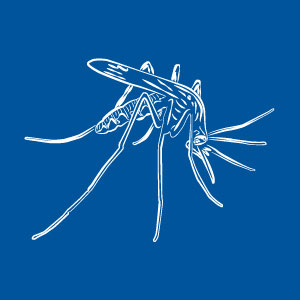
This component addresses objectives three and four of the research project, through a study titled “Modelling and Analysis of Vector and Environmental Data to Predict the Risk of Rift Valley Fever in Baringo County, Kenya”.
Main objective:
The main objective of the spatial modelling component is to develop tools for detection and early warning of the likely occurrence of climate sensitive vector borne diseases in Baringo County.
Specific objectives:
This main objective includes the following specific objectives:
- To establish linkages between climate, hydrology, ecosystems and vector bionomics
- To predict RVF vector distribution using ecological niche modelling algorithms
- To develop an early warning system tool for predicting RVF outbreaks in Baringo County
Methods:
To achieve this, remotely sensed climate data has been downloaded for the period spanning the year 2000 to 2014 and processed using OSGeo-Live open source software. The raster images are clipped to the coordinate extent of the study area and pixel data extracted from points of interest to perform trend analyses. To understand the influence of climatic factors on RVF epidemics, a retrospective trend analysis of rainfall and normalised difference vegetation index (NDVI) in the study area has been performed focusing on three administrative sub-locations within the study area that recorded the highest number of human cases of RVF during the 2006-2007 outbreaks. NDVI and rainfall anomaly maps have also been developed.
Expected outputs:
The expected outputs of the spatial modelling component are:
- A database of climate, hydrological and landscape data
- Geospatial maps of Baringo County showing climatic and environmental variables
- Vector species prediction maps for Baringo County
- Detection and early warning system tools
